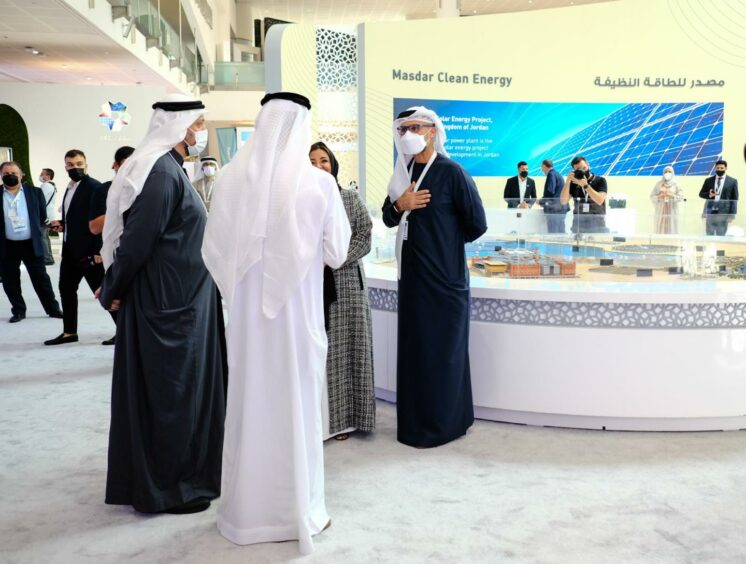
Masdar has ambitious plans to scale up its power capacity and sees the entry of Adnoc and TAQA as set to “supercharge” its business.
“We’ve been blessed and privileged with all the financial support we have needed to create our portfolio, which has almost doubled in the last two years. We now have 14 GW of capacity operating and committed,” Masdar director of asset management and technical services Mohammad Abdelqader El Ramahi, told Energy Voice.
Masdar is working in 40 countries, across six continents, he noted, with a total investment of around $20 billion.
“The government wants us to further accelerate,” he said. Joining up with Adnoc and TAQA will bring Masdar’s capacity to 23 GW.
Masdar chairman Sultan Ahmed Al Jaber – also Adnoc CEO and UAE Minister of Industry and Advanced Technology – has set the target of reaching 100 GW. The company has a longer term ambition of reaching 200 GW.
The entry of Adnoc and TAQA was announced on December 1, 2021. At this point, Masdar had the aim of reaching 50 GW by 2030.
“We are eager and excited to further dominate the market,” El Ramahi said. Masdar’s interests are focused on renewable energy and green hydrogen.
TAQA will have a 43% stake in Masdar’s renewable energy business, while Adnoc will have 24%, leaving Mubadala with 33%. In the green hydrogen business, Adnoc will take the leading stake of 43%, while TAQA will have 24% and Mubadala 33%.
Greener electricity
Director of clean energy business development Ahmed Al Awadhi said the entry of the two other Abu Dhabi companies affirmed Masdar as the “champion of renewable energy”.
Masdar faces a tough task in ramping up its capacity to 100 GW. Al Awadhi said the largest amount of these new investments would come in the Middle East.
“The sky is the limit. The world is our arena. We’re looking at investments around the world,” El Ramahi said.
Beyond the local region, expansion will likely come in Africa, Asia – in particular Indonesia and Australia – and the US.
Solar PV prices have risen in the last year or so. One project in the Middle East cost just over $0.01 per kWh, but prices have risen to around $0.03. El Ramahi said the biggest risk for PV were higher module prices.
“That’s a result of the global market post COVID. Logistics prices have increased, as has silicon and raw materials. Masdar is working the extra mile to try and mitigate this risk to look at our entire supply chain,” the Masdar director said.
The company is working on securing long-term supplies of equipment, rather than on a project by project basis. “A guaranteed flow of supply can secure growth pipelines moving forward, without risk exposure.”
Beyond the sun
One of the areas in which Masdar seeks to excel is offshore wind. “We have a dedicated team established recently to focus on [offshore wind] based in the UK, looking at local opportunities and those globally,” Al Awadhi told Energy Voice. “We are currently assessing opportunities in regards to Scotland.”
Al Awadhi cited interest in the US as a destination for offshore wind investment, in addition to Greece and Poland. Floating offshore wind may have a role to play in Southeast Asia, he continued.
Energy storage will play an increasingly important role in the provision of renewable energy, he said.
“One area of interest for the future is batteries and using that to support the deployment of solar and reduce intermittency. As battery use increases, technology will improve and drive the prices down. Personally, I can see a point in a few years’ time where solar and wind facilities are not built without battery storage,” he said.
Hydrogen may also have a part to play in tackling the intermittency challenge. Al Awadhi noted the appeal of green hydrogen. Companies could use this locally to balance out generation, or transport it to new locations, which potentially may not have access to grid power.
Hydrogen hopes
“Masdar wants to be one of the major players in the hydrogen sector,” El Ramahi said. “It’s the fuel of the future.”
The company has major plans to scale up green hydrogen production, aiming to reach first production from a demonstration plant in 2024.
The first plant will produce 2 tonnes per day of green hydrogen. The company will process this into 5,000 litres per day of green kerosene for Etihad and Lufthansa.
The innovative aspect of the demonstration plant, Green Falcon, is that it is an “entire system integration. It puts the different building blocks together. It goes from the water production and the solar power to the electrolyser and the provision of the CO2 to synthesise the green hydrogen into certain chemicals. This kind of integrated system has never been done before,” Masdar head of technology Alexander Ritschel said.
“It will be the first to make kerosene out of sunshine, water and recycled carbon dioxide.”
Airlines have made a number of commitments about cutting carbon footprints. Sustainable aviation fuel (SAF) will play a part in this process. Ritschel said the plant would produce kerosene with less than 30% of the carbon intensity of normal kerosene. Users could also opt to blend the supply with conventional fuels.
The price is higher, but blending will allow airlines to cut emissions at a point when they have very limited options in this regard.
“This first plant will allow tests to be run and see how the engines behave. We don’t think there will be any issues but we want to try it out,” Ritschel told Energy Voice.
“Once we have enough data, and the airlines are happy to use more of it, we will build a commercial facility. We expect to build more than one of those facilities, because the market is huge.”
Next steps
Masdar is also working on two more hydrogen projects. The first is with Engie and Fertiglobe. It aims to produce green ammonia.
The second involves BP and Adnoc and stems from high-level talks between the UAE government and the UK. This aims to build 1 GW of clean hydrogen in the UAE and 1 GW in the UK, including both green and blue hydrogen.
Ritschel predicted green hydrogen production prices would come down, following a similar trajectory to solar and wind. “It’s like solar panels 30 years ago. Mass production of electrolysers has not happened yet,” he said.
Other factors cutting the cost of hydrogen will include the continued decline of renewable energy prices and a greater willingness from financiers to support the process.
As hydrogen becomes a tradeable commodity, rather than transacted through bilateral deals, it should also have an impact. “Green hydrogen is not yet a commodity. Once a volume is traded, it will result in further cost reductions,” Ritschel said.
Updated on February 4 at 2:10 pm to correct name and title of Mohammad Abdelqader El Ramahi and add Adnoc to the Teeside plan.

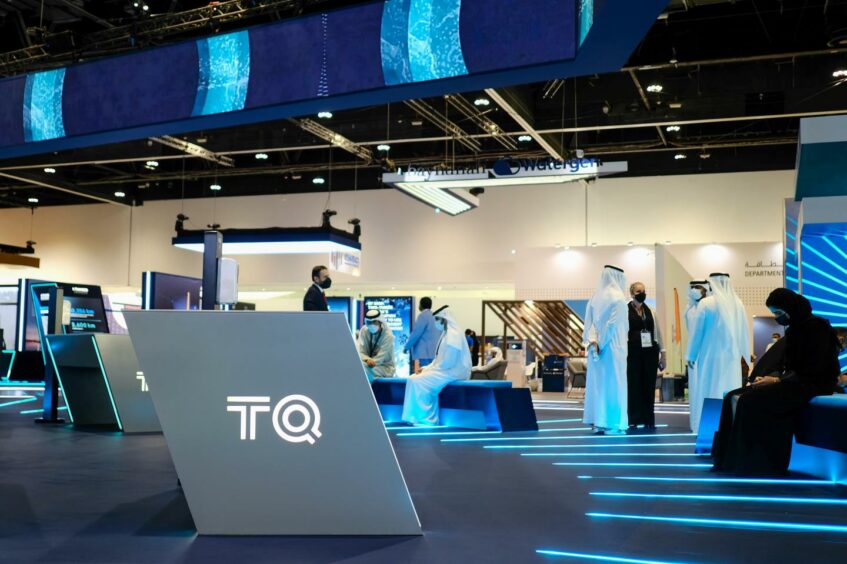 © Edward Reed/DCT Media
© Edward Reed/DCT Media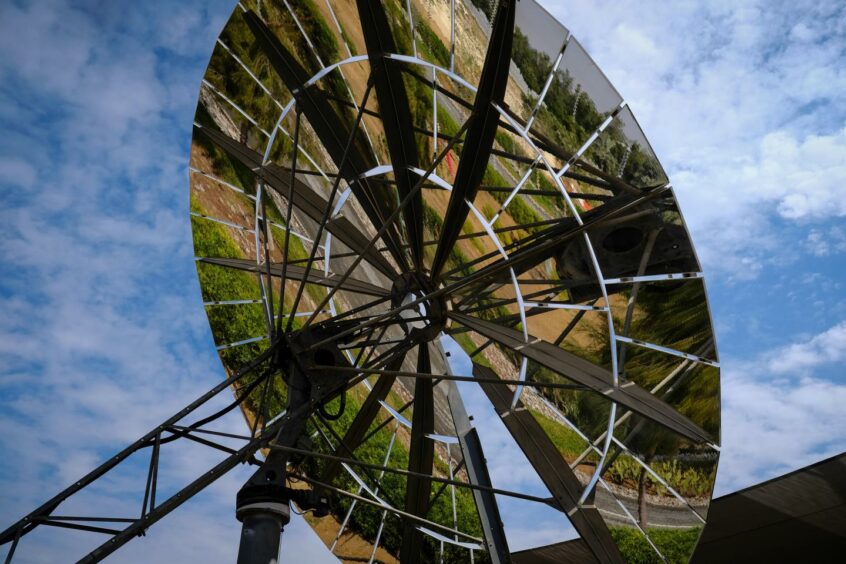 © Edward Reed/DCT Media
© Edward Reed/DCT Media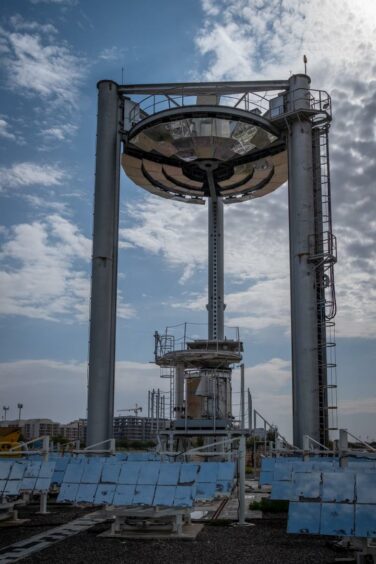 © Edward Reed/DCT Media
© Edward Reed/DCT Media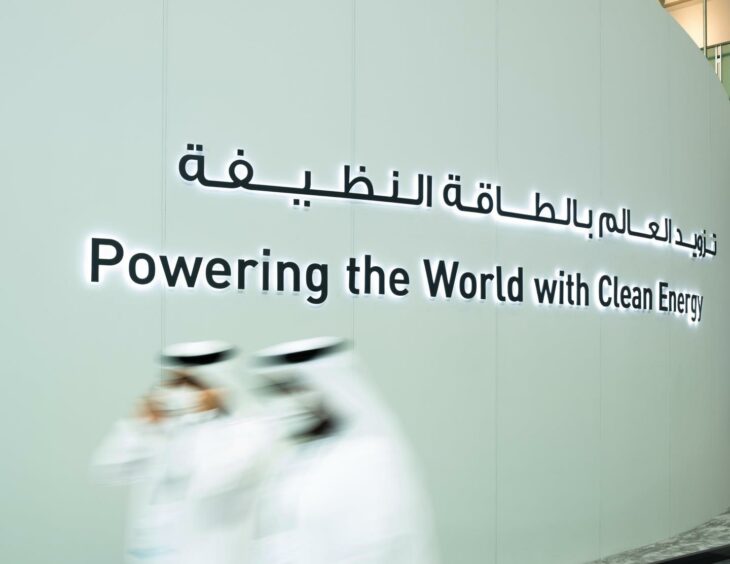 © Edward Reed/DCT Media
© Edward Reed/DCT Media